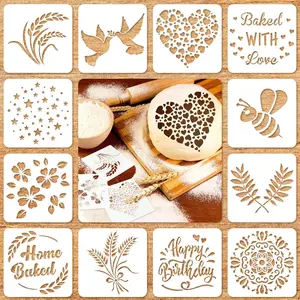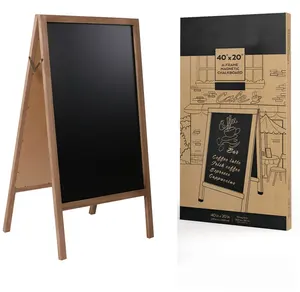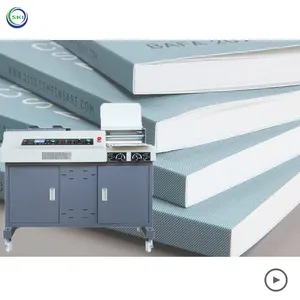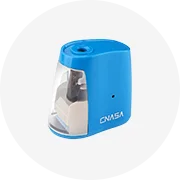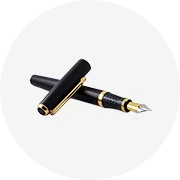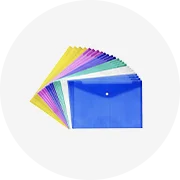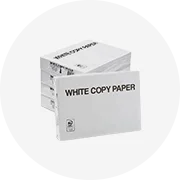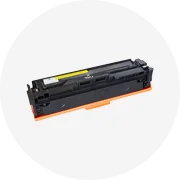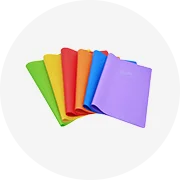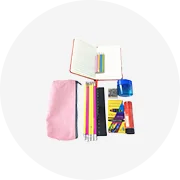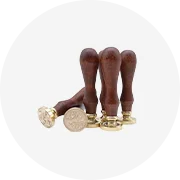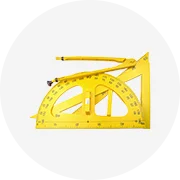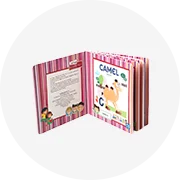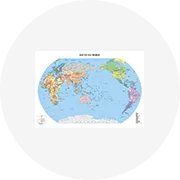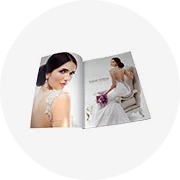Popular in your industry






























































Top categories
About modelling paste
Exploring the Versatility of Modelling Paste in Art
Modelling paste, a staple in the realm of artistic mediums, offers a transformative approach to texture and form in painting. This substance, known for its thick consistency and sculptural capabilities, is a favorite among artists seeking to add dimension to their work. Whether utilized in modeling paste art or as a foundation for intricate details, the paste serves as a versatile tool in the creation of tactile artworks.
The Composition and Types of Modelling Paste
Typically composed of marble dust, polymer emulsion, and other proprietary ingredients, modelling paste can vary in density and flexibility. Products like light modelling paste provide a less weighty option, ideal for applications that require a delicate touch without compromising the surface. On the other hand, flexible modelling paste is designed to bend without cracking, perfect for works that may undergo movement or require transportation.
Applications on Various Surfaces
The use of modelling paste for canvas has revolutionized the way artists approach the traditional canvas, allowing for the incorporation of three-dimensional elements. When applied, the paste can be manipulated to create textures or to prepare a surface for further painting. Modeling paste on canvas not only enhances visual interest but also provides a unique tactile quality that sets a piece apart. Furthermore, modeling paste acrylic techniques have been widely adopted for their compatibility with acrylic paints, offering a seamless blend of paint and texture.
Techniques and Effects in Modelling Paste Painting
In modelling paste painting, artists can employ various tools to shape the paste, from knives to brushes, each imparting a different effect. The paste can be layered, carved, or sanded once dry, offering endless possibilities for creative expression. Moulding paste art takes advantage of the paste's ability to hold form, enabling artists to construct relief elements that project from the surface, adding depth and shadow to their compositions.
Choosing the Right Modelling Paste
For those engaged in painting modeling paste projects, selecting the appropriate type of paste is crucial. Factors such as drying time, flexibility, and the intended finish of the artwork should guide the selection process. Whether one opts for a structural paste that offers high relief and durability or a light modeling paste for a more subtle elevation, the choice must align with the artist's vision and the demands of the piece.
Conclusion
Modelling paste remains an essential medium for artists who wish to push the boundaries of traditional painting. Its adaptability across various techniques and surfaces makes it an invaluable component in the creation of dynamic, textured, and layered art. For those looking to explore the full potential of this medium, a diverse selection awaits to bring your artistic concepts to tangible reality.



